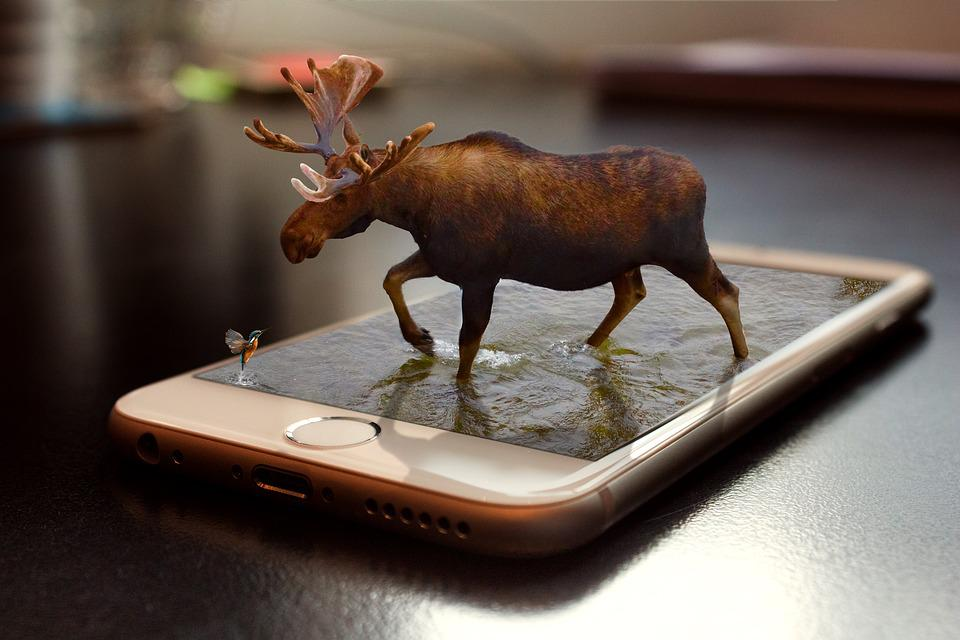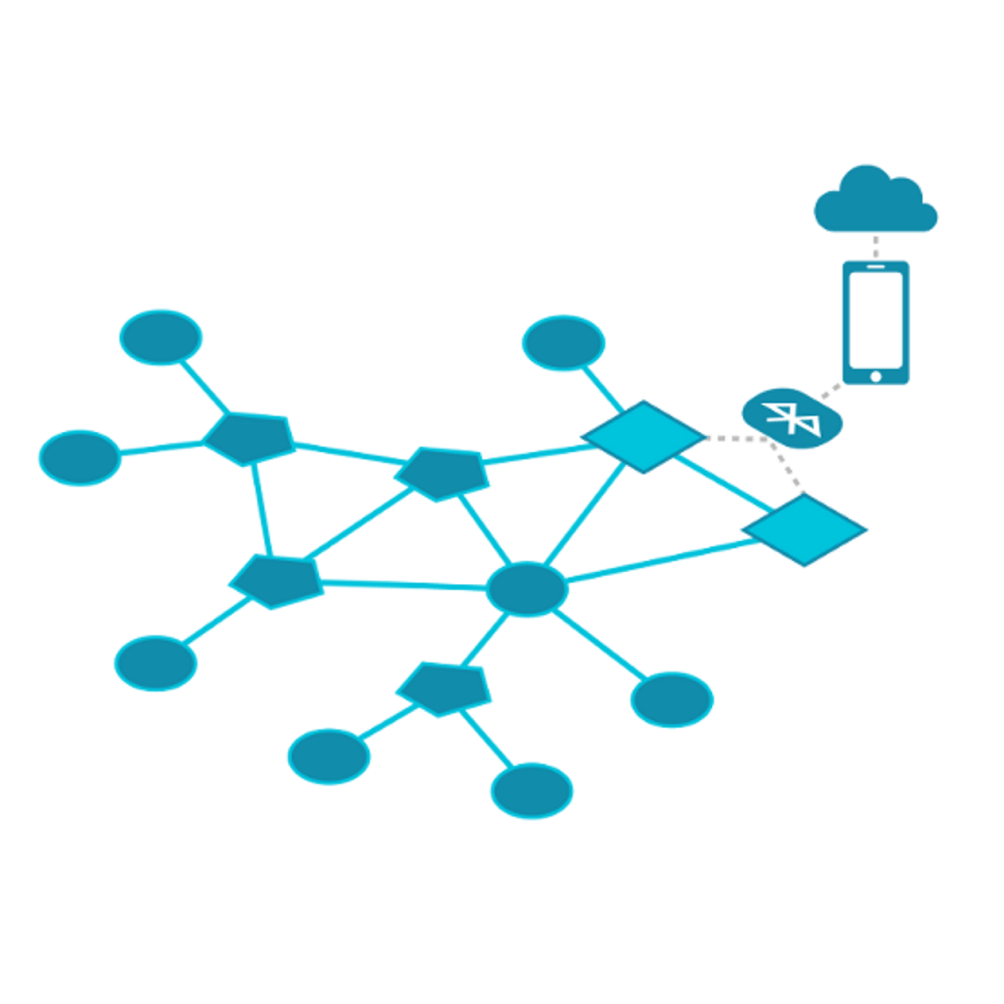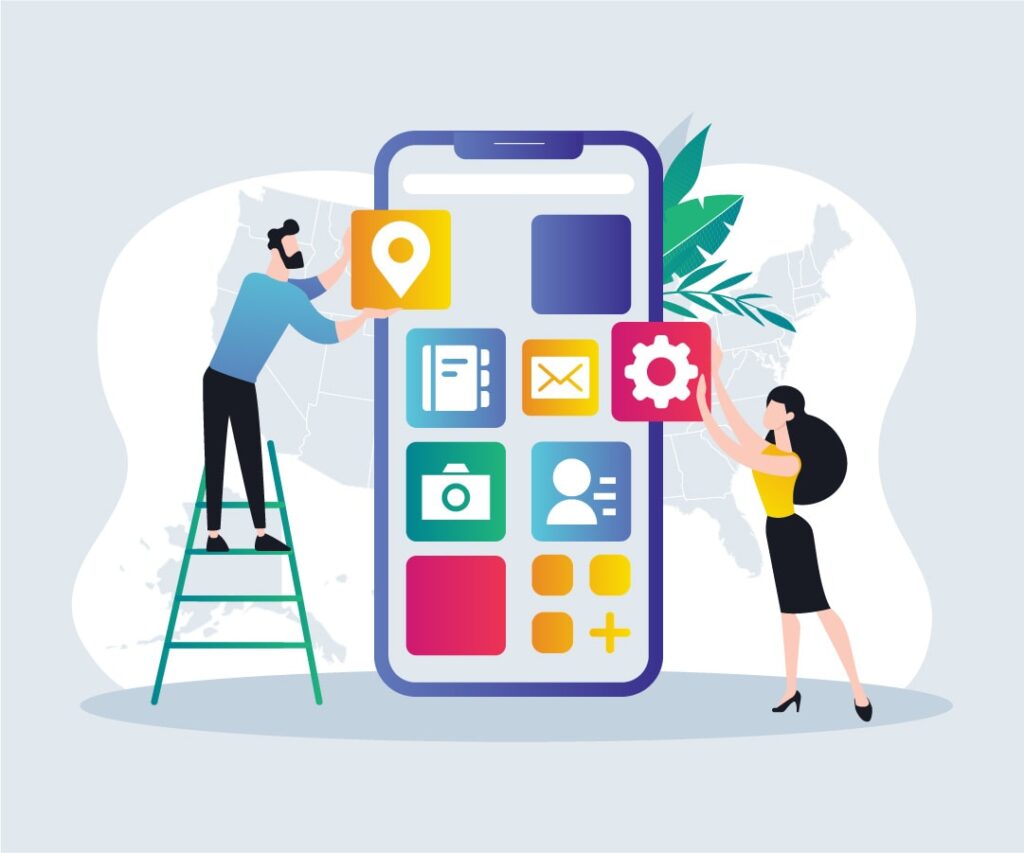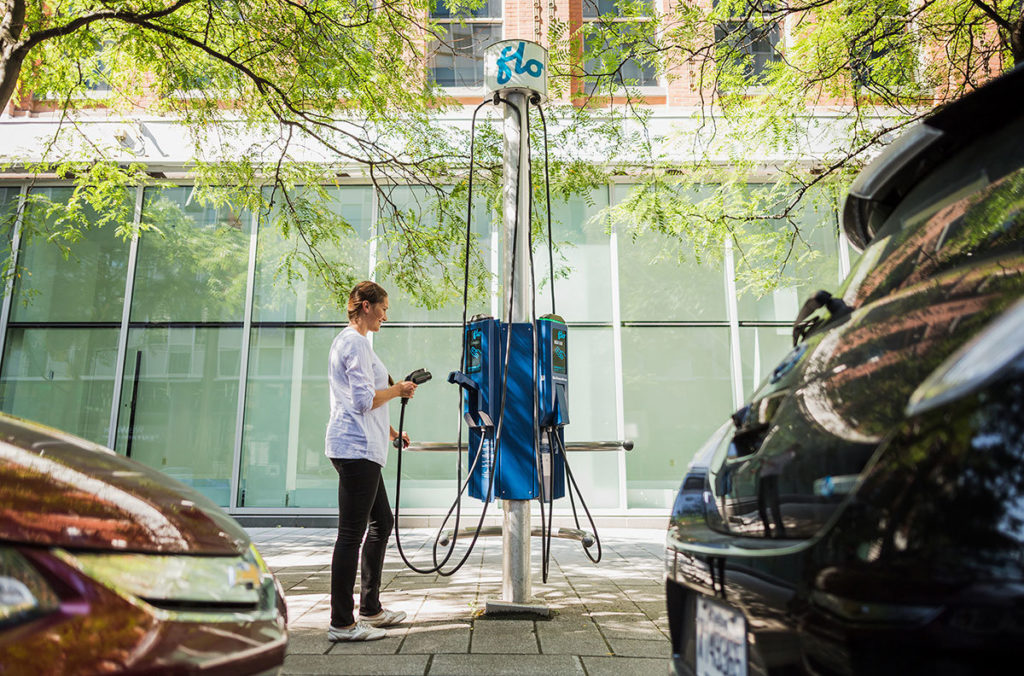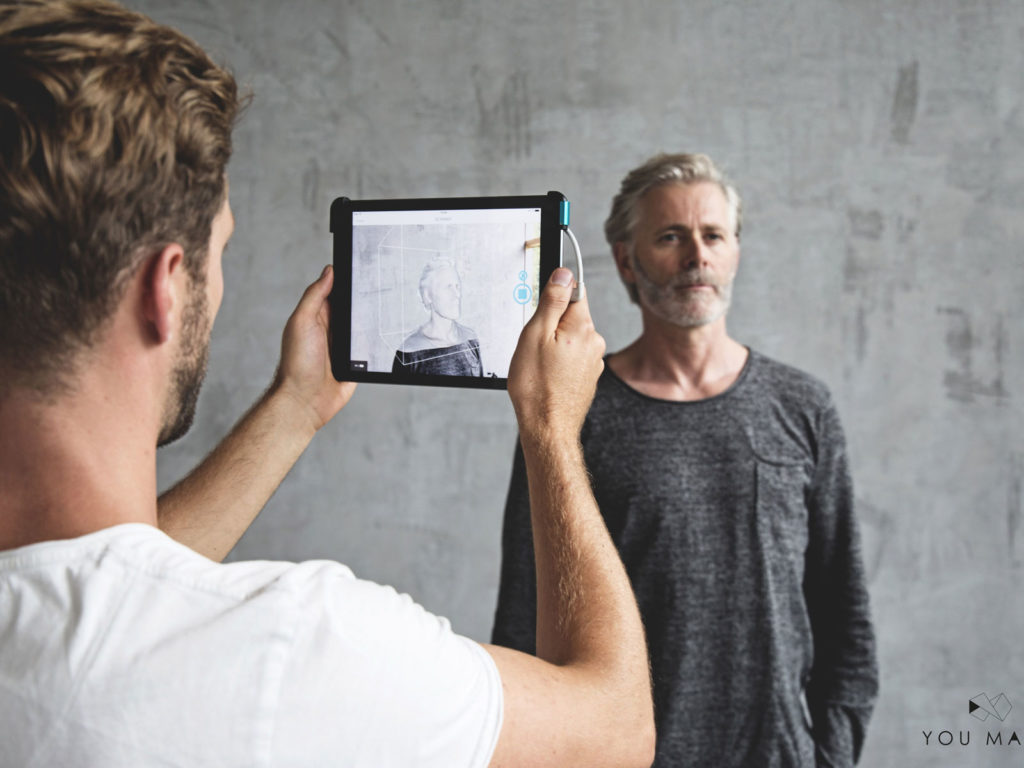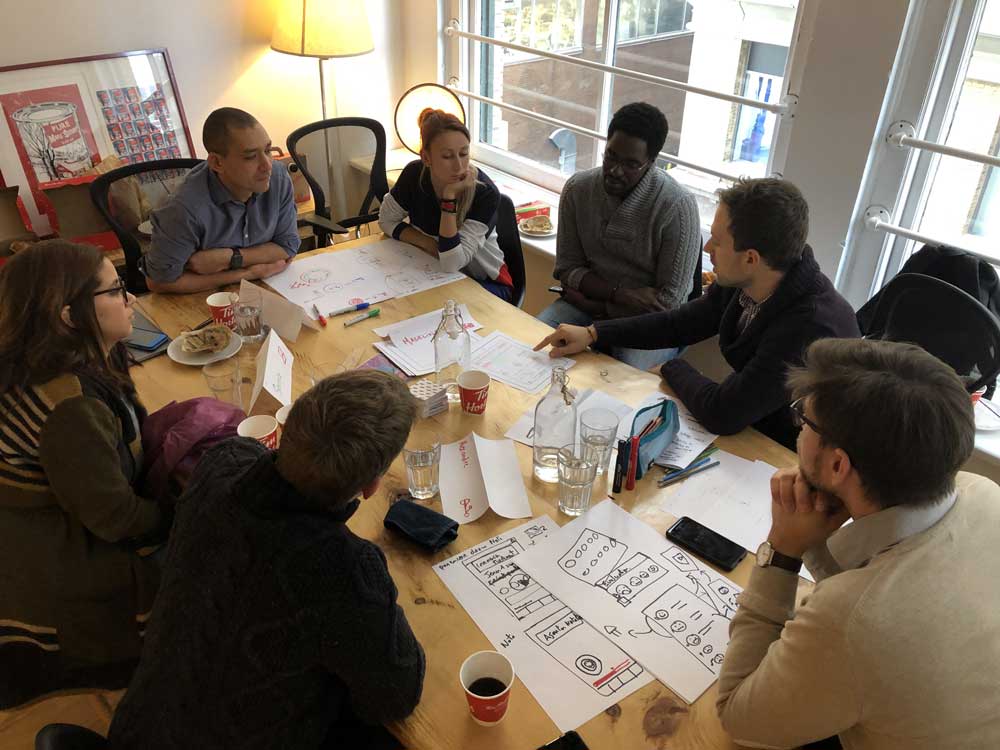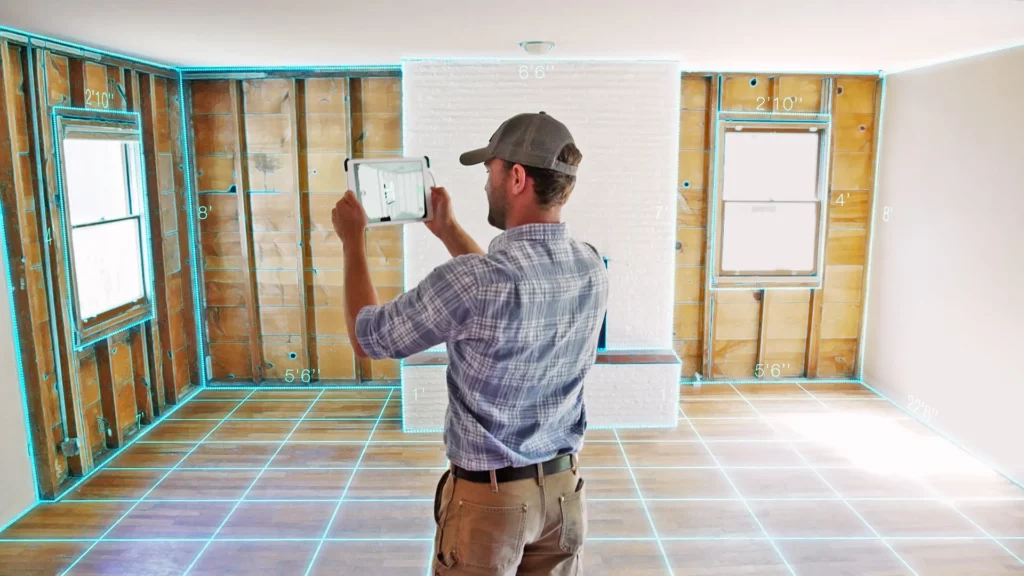How an iOS Device (iPhone or iPad) Performs a 3D-Scan?
3D Scanning is among the top photogrammetry approaches today. It enables us (as end-users or service providers) to leverage the superfast advancements of Artificial Intelligence and Augmented Reality in the physical world.
The technology has made its way to our iOS phones and iPads already. Not only tech-savvy people or IT engineers but normal users can also perform a scan and send/share it to receive or provide essential (or at least useful) services.

